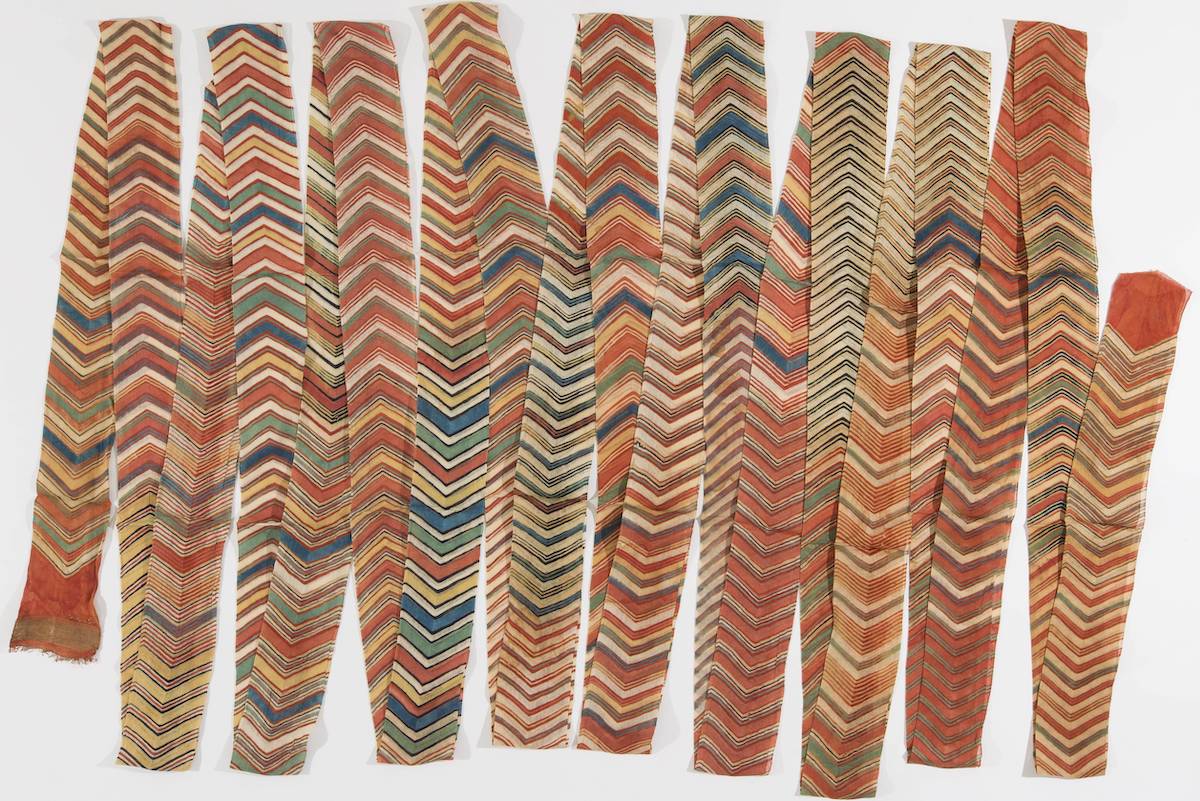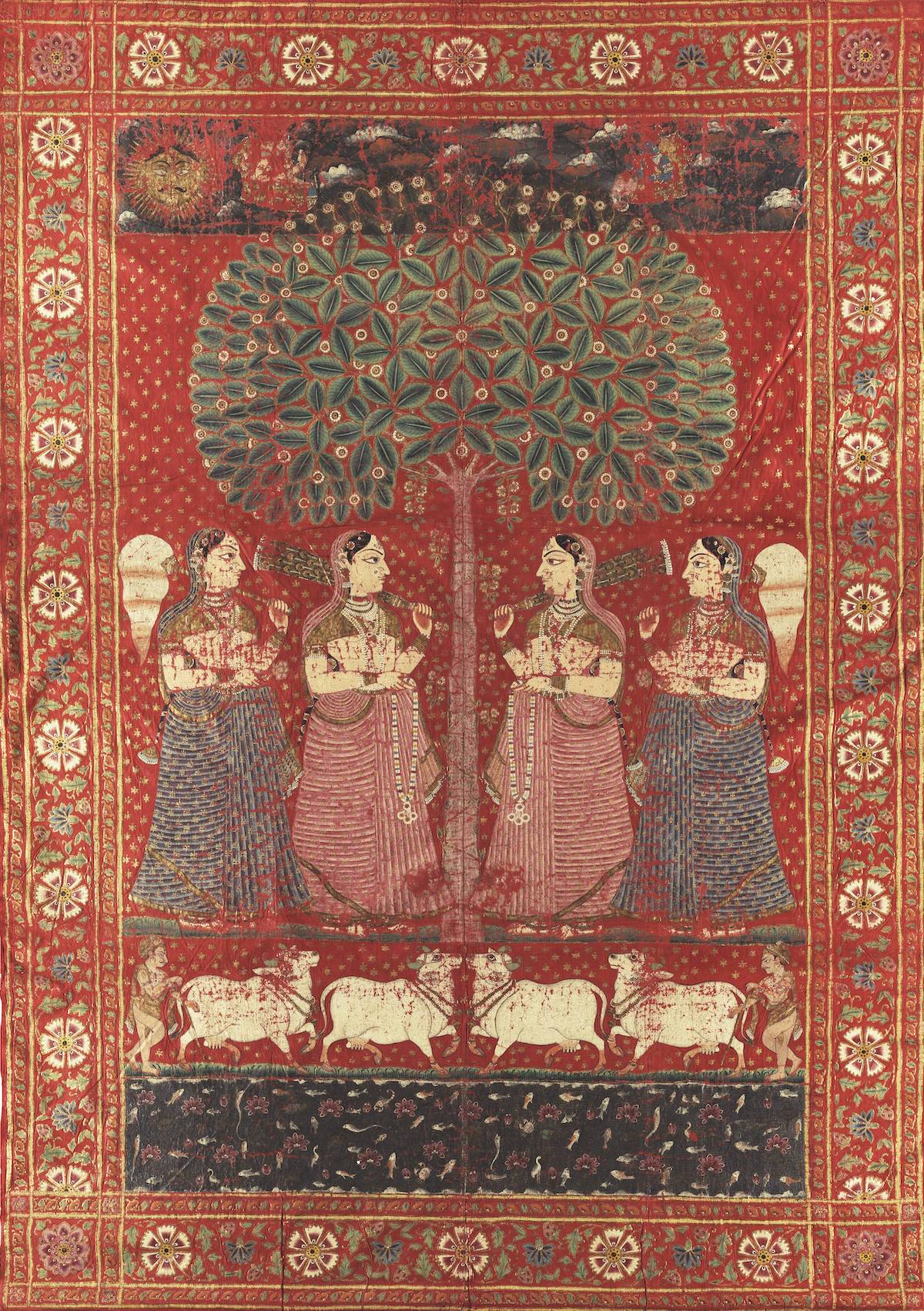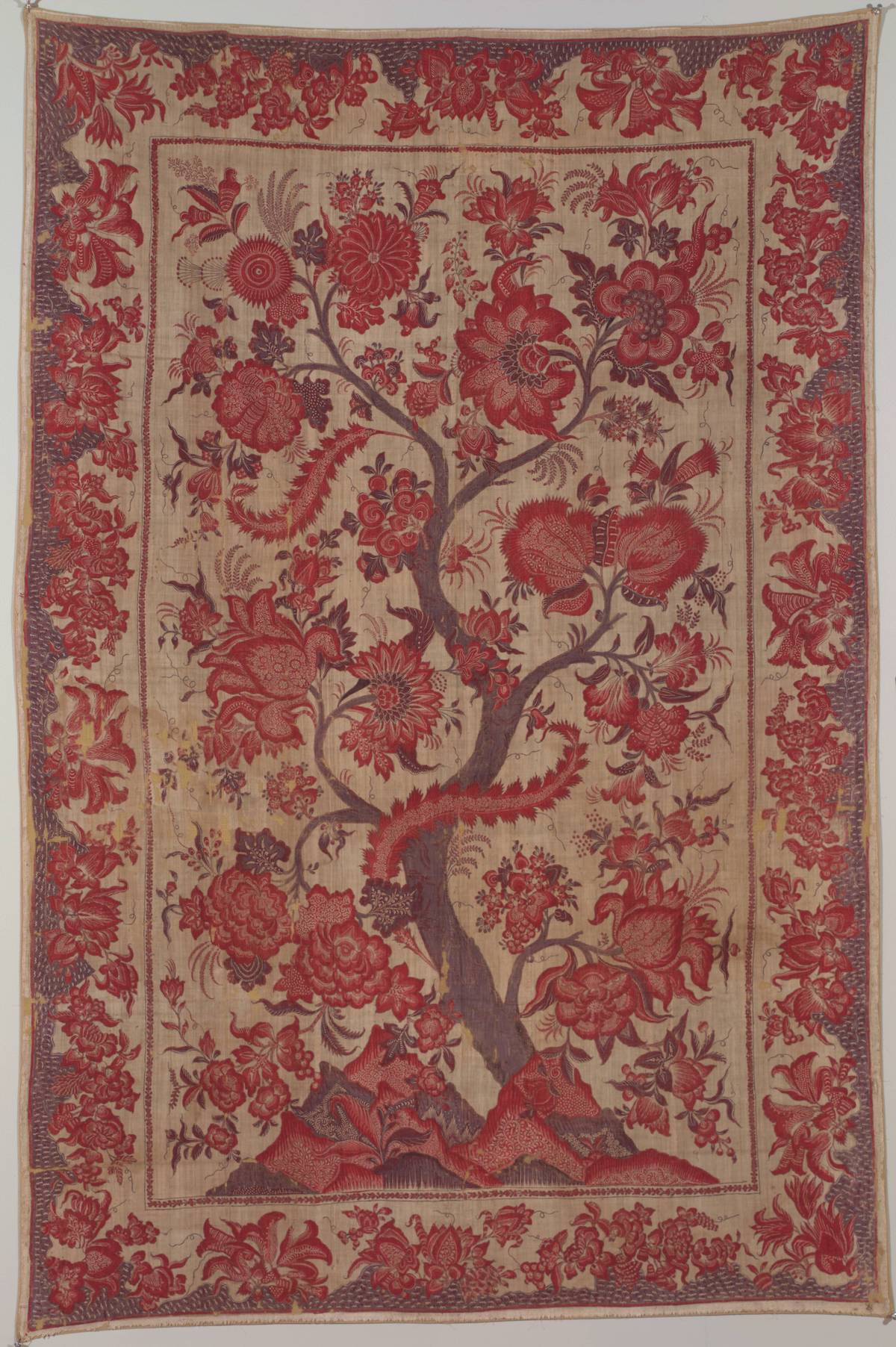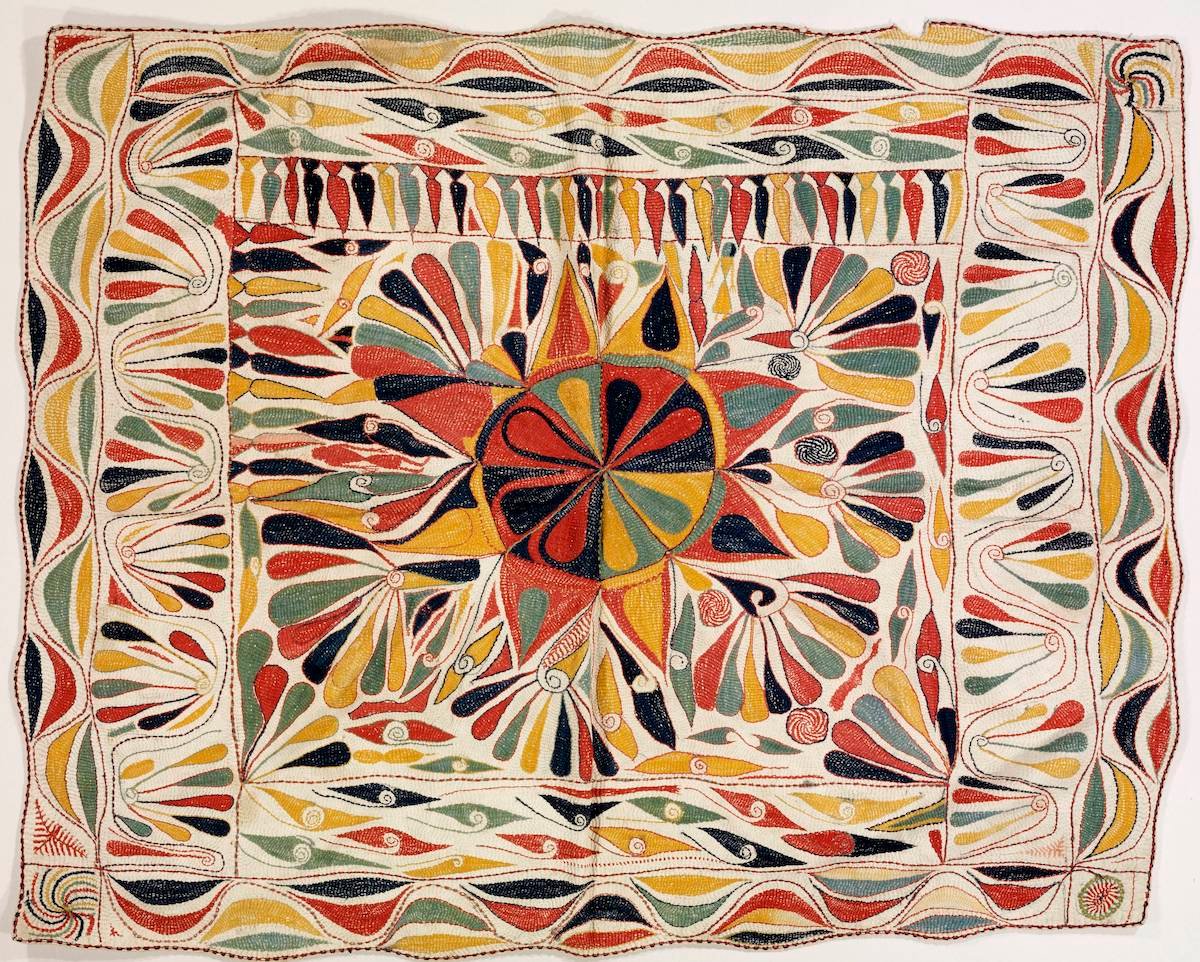TheMuseum of Fine Arts, Houston (MFAH)unveils a new exhibition from one of the most significant private collections of Indian textiles outside of India. The show will be on view at the Museum of Fine Arts, Houston,June 10 – September 4, 2023.
[adsense unit="4243738394" format="fluid" lavout="in-article"]

Textile Arts
From folk textiles to the most sophisticated court textiles, produced from the 14th to early 20th centuries, the collection of Banoo and Jeevak Parpia illustrates the preeminence of textile arts produced in India over 600 years.
The Museum of Fine Arts, Houston has a longstanding commitment to the arts of India. Banoo and Jeevak Parpia have, over recent years, brought their insight and expertise to programs and to our collections of textiles from India. With this exhibition from their exceptional collection, we can further our representation of the rich cultural heritage of Houston’s South Asian community while exploring the history of one of India’s most treasured art forms.
Gary Tinterow, MFAH Director and Margaret Alkek Williams Chair
Seldom are collections of Indian textiles as comprehensive, or collected with such expertise. Assembled to reflect the diverse range of regional traditions, the Parpia Collection includes many singular pieces that reflect the extraordinary aesthetic and technical diversity of Indian textiles, from folk weavings to the most sophisticated court textiles.
Co-curator Amy Poster, Consulting Curator at the MFAH
[adsense unit="4243738394" format="fluid" lavout="in-article"]

Textile Traditions
India was among the earliest sources of fine cotton and silk textiles and has produced some of the world’s most innovative textile traditions. The broad range of techniques, including painting, block printing, ikat, tie-dye, brocade, tapestry, and embroidery, reflects the diversity of regional textile production within India. Rich variations in ornamentation reflect the varied social and cultural contexts for which these textiles were made, including Hindu devotional practices, Islamic court textiles, and pieces made for domestic use.

Maritime Trade
The exhibition also explores the patterns and dynamics of 500 years of the prosperous maritime trade that supplied Indian textiles to Southeast Asia, Europe, and Japan. Initially led by Arab, Persian, and Indian merchants, that trade was later dominated by Portuguese, Dutch, and British traders who bartered Indian textiles for spices in Southeast Asia and expanded the market for Indian chintz and embroideries in Asia and Europe.
Reflecting this shift in demand, early pieces in the exhibition produced for trade with Indonesia in the 14th to 16th centuries were treasured and preserved as heirlooms. Later textiles for specific markets, such as Thailand, Sri Lanka, and Europe, show how textile designers and makers tailored fabrics for foreign tastes. Luxury textiles made for royal patrons in the 17th to 19th centuries display some of the finest-quality weaving, dyeing, and embroidery designs and techniques, executed to an exceptional level of sophistication.
